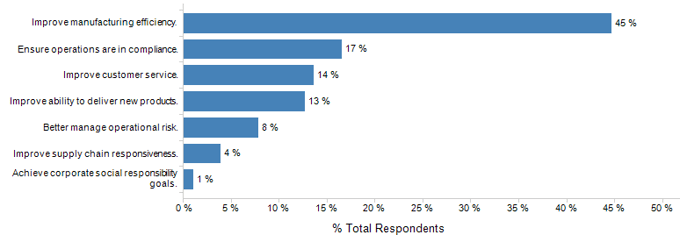Let’s take a few moments to think about how much new technology has made its way into our automobiles and automobile-related transportation over the last few years. It’s been an exhilarating ride already, and our research is showing that the speed and impacts of new technology and business models are only going to increase, and touch everyone involved in the industry.
Click here to speak to Andrew
As few as 3-5 years ago, consumer expectations did not include automobile systems, such as advanced collision prevention, standardized infotainment integration with our mobile devices, cars as roving wireless hotspots, and certainly not the real promise of driverless cars being just on the horizon. Add to that, the convenience and expansion of rideshare and temporary car services such as Uber, Lyft, and Zipcar across all corners of the globe, and the associated future potential of driverless rideshare services. The automobile industry is definitely accelerating into the future.
Today’s automobiles already generate and store huge amounts of information, and process operating and maintenance diagnostics at sub-second intervals. Some of this information is already being leveraged to optimize maintenance schedules and to provide feedback to auto manufacturers and their suppliers about the in-use performance of designs. In the future, the volume and variety of data will increase exponentially, and this will lead to the creation of new opportunities to use the information in new business processes, as well as improve safety and comfort for consumers.
The automotive industry is, in many respects, a leader in Digital Transformation. It will continue to leverage the Internet of Things (IoT) across the entire design and supply chain, within automotive manufacturing, connected vehicles, and looking at the ways in which automotive transportation will be consumed and managed in the future. Disruption has already been created by companies, such as Tesla and Google, and we can be sure that today’s automotive business models from design to manufacturing and sales models will continue that dramatic change.
The automobile industry is in a period of rapid growth and recovery after the troubles of the late 2000’s. Demand for new cars is high; finished automobile manufacturers, OEMs, along with all suppliers and sub-suppliers are looking at taking market share, providing higher value and margins, along with getting their share of new global expansion opportunities. Our most recent surveys uncovered the top financial objectives of over 100 automotive industry companies:
What does all of this mean to the companies that are closest to the automotive manufacturing action? In these same recent surveys, we see that all manufacturers involved in the automotive supply chain still see manufacturing efficiency (Lean) as their top operational priority. With the recent exposure of Volkswagen and other companies in regards to non-compliance to emissions regulations, it is no surprise to see compliance as a top operational priority. Improving customer service in order to differentiate and take market share is also an area of focus, along with the ability to get new products that leverage new technology and efficiencies into the market more effectively.
Digital Transformation in the automotive industry from OEMs to tier-x suppliers is accelerating quickly. This, along with traditional continuous improvement, will enable ambitious manufacturers to drive these operational objectives. The use of the Industrial Internet of Things (IIoT) in the entire lifecycle of a car, from ideas through design, product introduction and mass manufacturing, will bring unforeseen improvements. These benefits will be extended as consumer and in-car technologies are integrated.
Design and simulation information is being more rapidly shared up and down the supply chain to meet new product introduction challenges. There is already more computing power, memory, networking and software in our vehicles than was imaginable just 5-10 years ago; our automobiles are becoming an ever more connected link in our connected world. It’s time to think about automobiles as the ultimate mobile/connected device that also can transport us more safely and efficiently than ever. In the future, this will allow passengers not to skip a beat in their connected world and activities.
As with any industry that is undergoing rapid transition, there are many challenges for all of the companies involved. How will all of this digital information be effectively and securely managed, and by whom? Which supplier and technology relationships will be in the driver’s seat versus in the trunk? What will the new capabilities and roles be for automotive industry suppliers, manufacturers, dealers, services providers and users? Finally, how will technologies like the IoT and IIoT be leveraged to make this automotive future happen? LNS Research is fascinated by the changes going on in this exciting industry. So, look for future blog posts focused not only on automotive manufacturing, but everything affecting and surrounding the automotive experience. This should be a fun ride!
